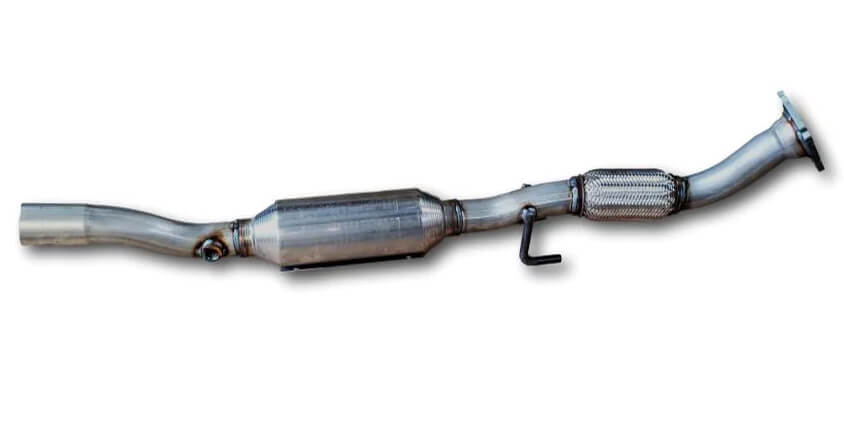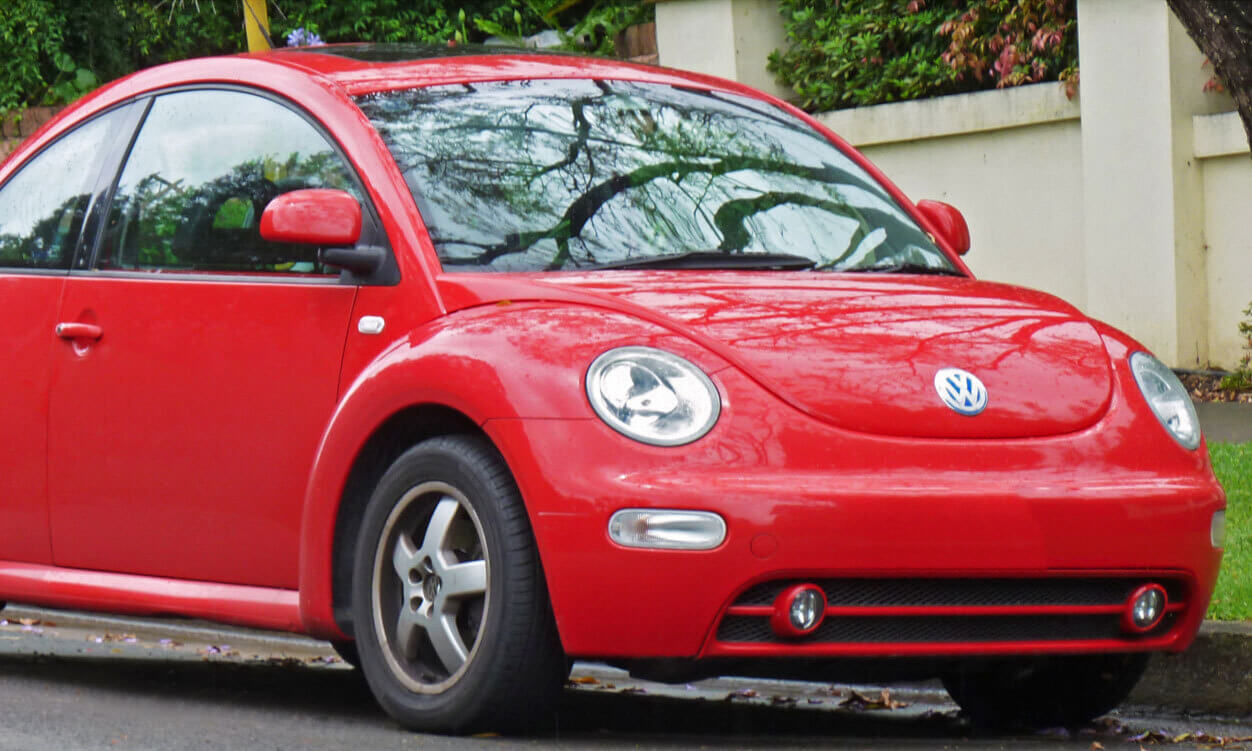Why replace a catalytic converter?
This question is coming up more frequently because of the rash of thefts of catalytic convertors. About the size of a small loaf of bread, the converter is part of the exhaust pipe that passes underneath the floor of a vehicle to send gases out the tailpipe. Its job is to convert harmful exhaust gases into water vapour and carbon dioxide. Catalytic convertors are remarkably trouble-free and effective devices that make a huge contribution to cleaning up noxious auto emissions.

SUVs and pickup trucks are the most likely targets for thieves who steal catalytic convertors because their extra height makes it easier to slide underneath them. Cutting out the convertor is done quickly, and once removed, it’s hard to trace because carmakers do not apply a unique mark or code that is specific to the vehicle, like the Vehicle Identification Number (VIN) on a car.
Both OE (Original Equipment) and aftermarket catalytic convertors are acceptable. In theory, both must meet federal standards for emissions performance, but nobody tests aftermarket catalytic convertors to see how well they work.
This is one situation where the original equipment component is better, because it is tested for performance and durability. The OE part has higher quantities of rare metals like platinum and palladium. The prices you were quoted are correct; for newer vehicles, the price difference is even larger.
In Quebec, a vehicle is required to have its original emissions system intact under provincial emissions regulations, but there is no requirement to use an OE part. Obviously substituting a “straight pipe” for a missing catalytic convertor is non-compliant. This is more likely with older vehicles in provinces that don’t require a scheduled vehicle inspection.
Original vs. aftermarket auto parts
I asked Eli Melnick, an engineer and former repair shop owner who is an expert on vehicle emissions systems, about replacing catalytic converters. “The first question I ask a customer is, ‘Why are you replacing the converter?’” he says. “If it was damaged in a collision and the damage is covered by insurance, then I would ask for an original component.”
For a replacement paid for by insurance, the governing principle is “like kind and quality.” Automakers require that you have an OE convertor to maintain the eight-year/130,000-kilometre new vehicle emissions warranty, so that could dictate the type of part specified in the insurance claim. After the warranty is over, a used OE convertor in good condition can also be considered of “like kind and quality,” as could an aftermarket unit from a reputable maker like Schultz (made in Ontario) or Walker.
If a catalytic converter was worn out or not functioning, Melnick would check the vehicle for other problems. “At my repair shop, we had a saying that catalytic converters don’t just die, they’re murdered,” says Melnick. “In other words, if there is an unaddressed underlying issue that damaged the [catalytic converter] in the first place, then just replacing [it] will not end the problem. Potential issues are cylinder misfire, defective oxygen sensor or coil pack, burning oil, the use of unapproved silicone gaskets, et cetera.”


